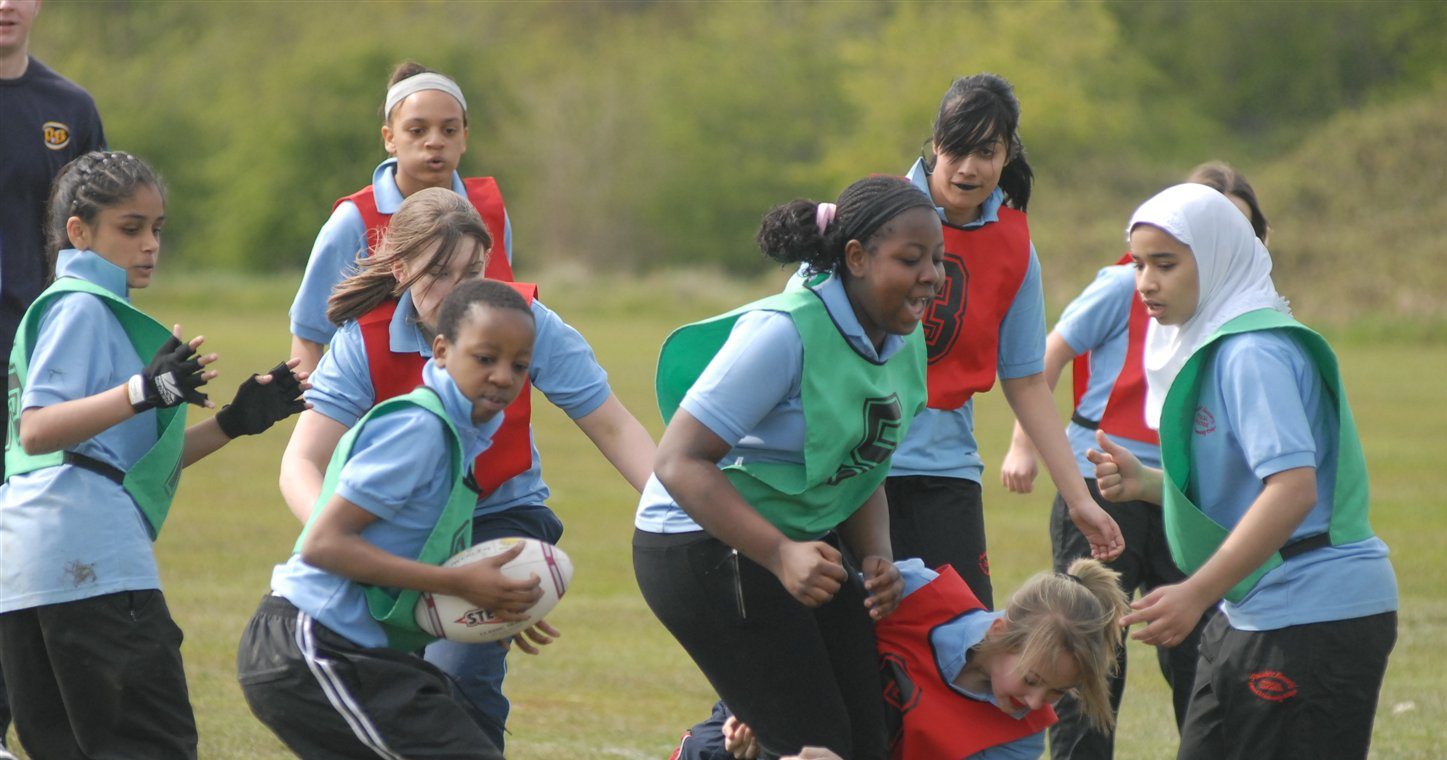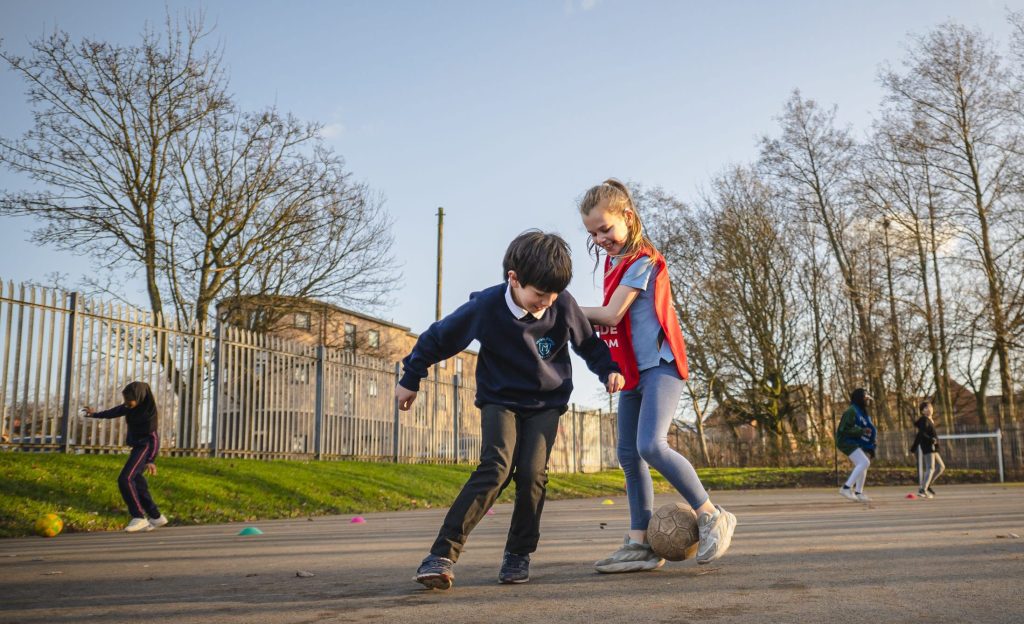Isabelle Michelson, Policy and Public Affairs Officer for Women in Sport reflects on the House of Lords National Plan for Sport and Recreation Committee Report – A National Plan for Sport, Health and Wellbeing.
There is a need for a new ambitious national plan for sport, health and wellbeing and a new approach within government to deliver it. This was the conclusion of the House of Lords Committee tasked with reviewing the state of the sports sector. Without mincing their words, the Committee described “failings in sport and recreation policy and fragmented delivery” resulting in “little progress” being made to tackle inactivity for certain groups, like women and girls. And unfortunately, the Committee is right.
Sport England collect statistics every year about our activity levels as a country. A gender gap in physical activity levels has been observed since recording began, and many inequalities have been exacerbated by the coronavirus pandemic and resulting lockdowns. In particular, women’s activity levels are struggling to bounce back to pre-pandemic levels. The biggest gender gaps relate to participation in team sports and to the underlying attitudes of children. Fewer girls than boys say they enjoy sport and exercise (38% girls compared to 53% of boys), feel confident when they do it (26% of girls, 43% of boys) and find it easy (16% of girls, 24% boys). The Committee’s recommendation that “Sport England should improve its funding and support for organisations delivering to underrepresented groups” should therefore extended to women and girls in their full diversity as regards teamsport and inclusion.
It can be no surprise that physical activity, sport and recreation policy and delivery is fragmented when responsibility is split across a wide array of government departments and bodies:
- The newly established Office for Health Improvement and Disparities sits within the Department for Health and Social Care, with responsibility for physical activity.
- PE and school sport sits with the Department for Education.
- Policy around active travel sits with the Department for Transport.
- Planning and provision of public leisure and the enormous impact that has on our quality of life and access to high quality green space, opportunity for active travel and exercise sits with the Department for Levelling Up, Housing and Communities.
- Sport itself, oversight and funding of Sport England, UK Sport and Sports Governing Bodies, sits in the Department for Digital, Culture, Media and Sport.
And that is just for England – sport is devolved across the four nations of the UK with the different devolved governments and administrations applying radically different structures and approaches. With responsibility for policies affecting physical activity, sport and recreation dispersed so widely with seemingly no easy solution to unite them, an ambitious, cross departmental national plan is needed just to identify the levers needed to make progress, let alone pull them.
A challenge we face is that responsibility for sport currently sits alongside digital, culture and media within the UK Government. It is be celebrated that sport is so deeply rooted in our culture that it sits here but does this truly appreciate the serious role sport play in improving public health. In my interview for this job, I was asked what policy change I would most want to make. Having recently seen the Scottish Government appoint a Minister for Public Health, Women’s Health and Sport, I pointed to this and highlighted that in England, Scotland and Northern Ireland gendered health inequalities are not considered alongside sport or exercise, as they should be. The Committee’s recommendations to establish a Minister for Sport, Public Health and Wellbeing, move responsibility for sport from DCMS to DHSC and empower the Office for Health Improvement and Disparities to ensure that physical activity is prioritised across all government departments, would go some way recognise the vital link between sport, physical activity and public health. It is certainly true that more impetus is needed to make more rapid progress in this area.
-
64
% of girls
quit sport by the time they reach puberty
-
Only 38
%
of girls say they enjoy sport and exercise
While it was prior to my time in this role, Women in Sport submitted written evidence to the Inquiry held by the House of Lords Committee, and our CEO Stephanie Hilborne gave oral evidence. We were pleased to see our suggestions not only noted but reflected in the report recommendations; from recommending a statutory requirement for local authorities to provide and maintain adequate facilities for sport and physical activity, to the creation of an independent body to ensure robust duty of care and safeguarding in sport. With our research finding that 64% of girls quit sport by the time they reach puberty, we also welcome the recommendation for schools and colleges to develop closer links with local sports clubs, and for PE to become a core national curriculum subject in schools. We agree with the Committee’s concerns surrounding lack of training for PE teachers and we have suggested that teacher training should include an understanding of the specific needs of girls in sport.
Women in Sport thanks the Committee for its important work, and we welcome this incredibly thorough report, and its detailed analysis of the issues affecting women and girls. We would welcome a national plan for sport, health and wellbeing and a new approach to physical activity, sport and recreation within government even more so.



